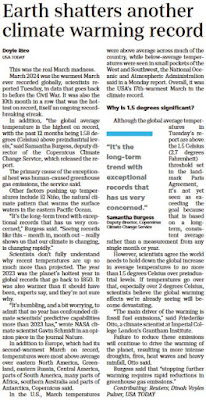The Budget Committee meets tonight Wednesday the 24th, and this meeting will look at the list of capital projects. On the budget process itself others have much better things to say, but we've followed the CIP a little over the years. Here are some passing notes.
 |
| Musgrave Ave in West Salem (not part of CIP) |
One project stands out as something new.
 |
| New crossing under Musgrave? |
What exactly are "pathway improvements under Musgrave Ave NW to create a connection with the Union Street" bridge and path?
My best guess is something at No. 2 on the map above, but it's hard to see how going under Musgrave would work. $1 million also seems small for a real tunnel type undercrossing.
An undercrossing at No. 1 on the map has been discussed for several years, but it had seemed to be abandoned. It also involved Wallace Road and Second Street, not Musgrave. Its estimated cost was also much, much more than $1 million.
This will be something to learn more about!
Other project did not seem new, but sometimes there were new details.
 |
| Vision Zero and Twenty is Plenty |
It was nice to see the Vision Zero and Twenty is Plenty project formalized!




















